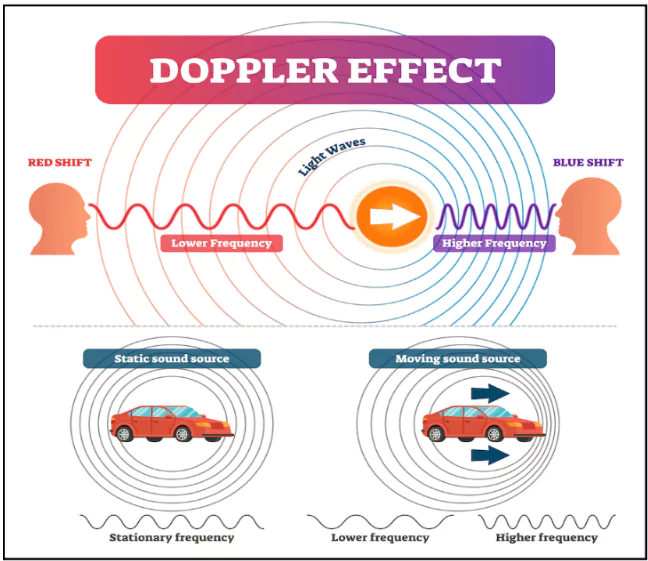The Union Ministry of Earth Sciences (MoES) revealed that the country is expected to have 56 additional Doppler weather radars in the next few years.
More about the news
- The ministry has also developed apps to provide accessible weather forecasts, particularly for farmers.
- The IMD Director General emphasized the Centre’s support for Mission Mausam, which aids in weather forecasting.
- He also emphasized on the mission’s role in enhancing urban and village-level forecasting systems.
- IMD has expanded rainfall monitoring stations to 7,000 and is working to improve real-time forecasting ahead of the monsoon.
Enroll now for UPSC Online Course

What are Doppler Weather Radars?
- Doppler Radar (Radio Detection and Ranging) uses electromagnetic waves in the microwave range to detect location, direction, altitude, intensity, and movement of objects.
- Doppler Principle: Measures changes in frequency due to relative motion between the radar and an object (Doppler effect). If objects move closer, the frequency increases.
What is RADAR?
- Radar is an acronym for “Radio Detection And Ranging.”
- It is a technology that uses radio waves to detect objects and measure the range, angle, or velocity of those objects
How Does Radar Work?
- Radar works by emitting a pulse of electromagnetic radiation in a specific direction.
- When this pulse hits an object, some of the energy is reflected back to the radar unit.
- By measuring the time it took for the pulse to return as well as its strength, radar can be used to determine how far away an object is, what direction it’s moving in, and even what type of object it is.
What are Electromagnetic Waves?
- Electromagnetic waves are energy waves that travel through space at the speed of light, consisting of oscillating electric and magnetic fields.
- Radar uses microwaves, a type of electromagnetic wave, for long-range detection and weather monitoring.
|
- Purpose: Enhances precision in long-range weather forecasting and surveillance using a parabolic dish antenna and a foam sandwich spherical radome.
- Applications: Tracks rainfall, cloud formations, thunderstorms, and lightning in real-time.
- Types of Doppler Radars: Classified by wavelength—L, S, C, X, and K bands.

Check Out UPSC Modules From PW Store
![]() 19 Sep 2024
19 Sep 2024


